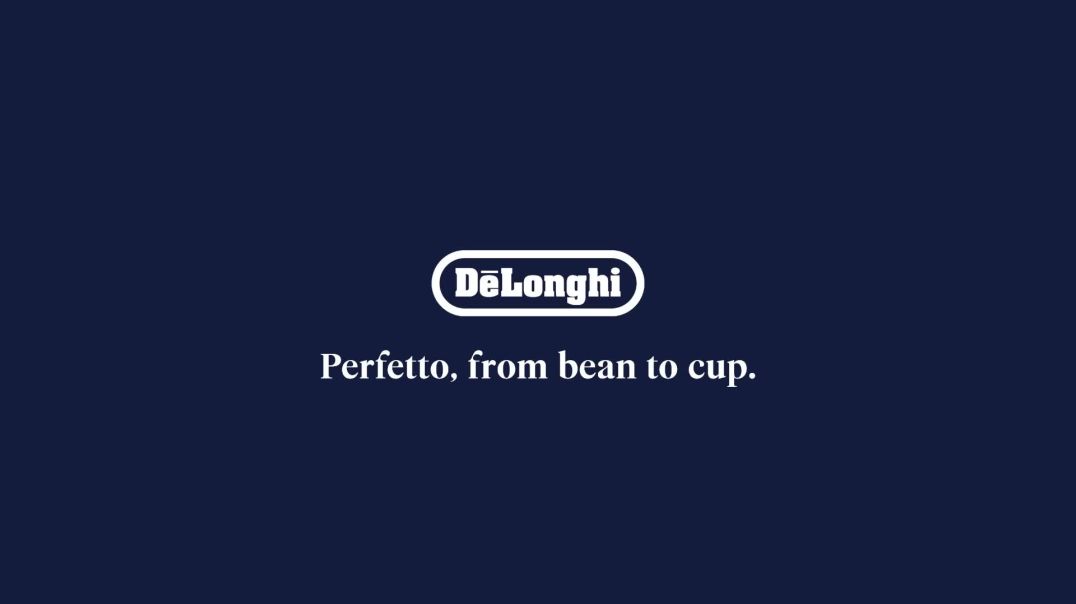5 Views· 12 September 2022
Amazing Bean Farming and Harvesting - Bean Cultivation Technology - Bean Growing and Processing
Advertisement
● CURRENT PLAYING:
Amazing Bean Farming and Harvesting - Bean Cultivation Technology - Bean Growing and Processing
https://youtu.be/IFTuvbPgQMk
● PREVIOUS VIDEO:
Tomato Harvesting Workers That Are At Another Level - Harvesting Tomato in California
https://youtu.be/cMMkQZzbRHc
If you enjoyed watching subscribe for a new video every 2 days.
SUBSCRIBE: https://bit.ly/2xa4AWQ
-_-_-_-_-_-_-_-_-_-_-_-_-_-_-_-_-_-_-_-_-_-_-_-_-_-_-
*What Creates Healthy, Productive Bean Plants?
Walk into your local supermarket and you’ll discover dozens of different canned and dry beans, as well as hundreds of food products that contain beans. Beans are a healthful, important food. They are economical and packed with filling nutrients, and they are good for the environment. It’s wonderful to have a consistent supply of this simply delicious, naturally nutritious food, and we have farmers to thank for this!
Farmers work diligently and make countless decisions to ensure that healthful, high quality beans end up on our plates. If you know anything about agriculture (or have a garden), you understand that every crop is different and has unique needs. Here are 6 key considerations farmers make to create healthy, productive bean plants.
**Class & Variety
There are many bean classes and varieties available, and a farmer decides what to plant depending on their growing region (i.e. soil type and climate), yield (i.e. growth potential) and markets (i.e. places to sell). In the Northarvest growing region of North Dakota and Minnesota, which is North America’s largest supplier of dry beans, farmers raise 10 classes of dry-edible beans including black, cranberry, Great Northern, navy, pink, pinto, light red kidney, dark red kidney, white kidney and small red. Within each class there are many varieties of bean seeds a farmer can choose. The growing season in Northarvest features long, warm summer days and temperate nights, ideal to maximize bean quality and quantity.
**Soil
Dry beans grow best on well-drained soil because they are susceptible to moisture issues, including fungal diseases. Farmers plant dry beans on soils that have good drainage, as well as the right nutrients and hydrogen level (pH). Farmers test their soil for nutrients and pH levels to make sure it is optimal for the type of dry bean they wish to grow, and they will make adjustments if necessary.
**Planting
When beans are planted depends on what region of the country they are growing. Beans don’t tolerate cold weather and they a take about 100 days to mature, so a farmer’s goal is to plant beans when the fear of frost has passed and to harvest before the fall frost. In Northarvest country, this means planting in mid to late May and harvesting in early September.
**Pest Management
Farmers work diligently to manage anything that will reduce the healthfulness of their bean plants. A bean plant’s potential enemies include weeds, insects, and diseases. Farmers utilize a number of techniques to manage these pests, including crop rotation (as previously mentioned), tillage, row spacing, and certain pesticides and herbicides (if necessary). There are also certain varieties that have been developed to resist pests. These varieties are very helpful to grow healthy, high-quality beans with less input.
**Harvest
Unlike green beans that are harvested immatureone-girl-in-bean-field-portrait, dry-edible beans are left to dry in their pod. They are harvested when they have lost a significant amount of their moisture but not too much because they don’t want the shells to shatter. Farmers will test their beans for moisture levels (goal is about 18% moisture) and also look for pods that are yellow and brown. Farmers will either swath (cut the plant) or directly harvest the bean with a combine. Allowing beans to dry before harvest allows beans to be minimally processed, requires no refrigeration or freezing, and to be shipped all over the world.
-_-_-_-_-_-_-_-_-_-_-_-_-_-_-_-_-_-_-_-_-_-_-_-_-_-_-
Credited: TESCO Group - Green Thumb Farms Inc. - Mainardi Srl - J Hartung
● SUBSCRIBE: https://bit.ly/2xa4AWQ
📘 FACEBOOK: https://www.facebook.com/matrixfarmofficial
🐦 TWITTER: https://www.instagram.com/matrix_farm/
Copyright Disclaimer: I do NOT own this video nor the image featured in the video. All rights belong to its rightful owner/owner's. No copyright infringement intended. If you are the owner, send me an email or a comment on the video. I will follow your request as soon as reading. For Copyright matters or do you want to be featured please contact us at knowover07@gmail.com
Thank you
❤ SUBSCRIBE TODAY ❥ SUBSCRIBE ❥ SUBSCRIBE NOW ❤
-_-_-_-_-_-_-_-_-_-_-_-_-_-_-_-_-_-_-_-_-_-_-_-_-_-_-
More Playlists:
Farming, Harvesting, and Production: http://bit.ly/2SmSMbY
At Another Level: http://bit.ly/2OOfjMy
Statistical Data and Data Ranking: http://bit.ly/37mnFkM
Up next
Advertisement





















0 Comments